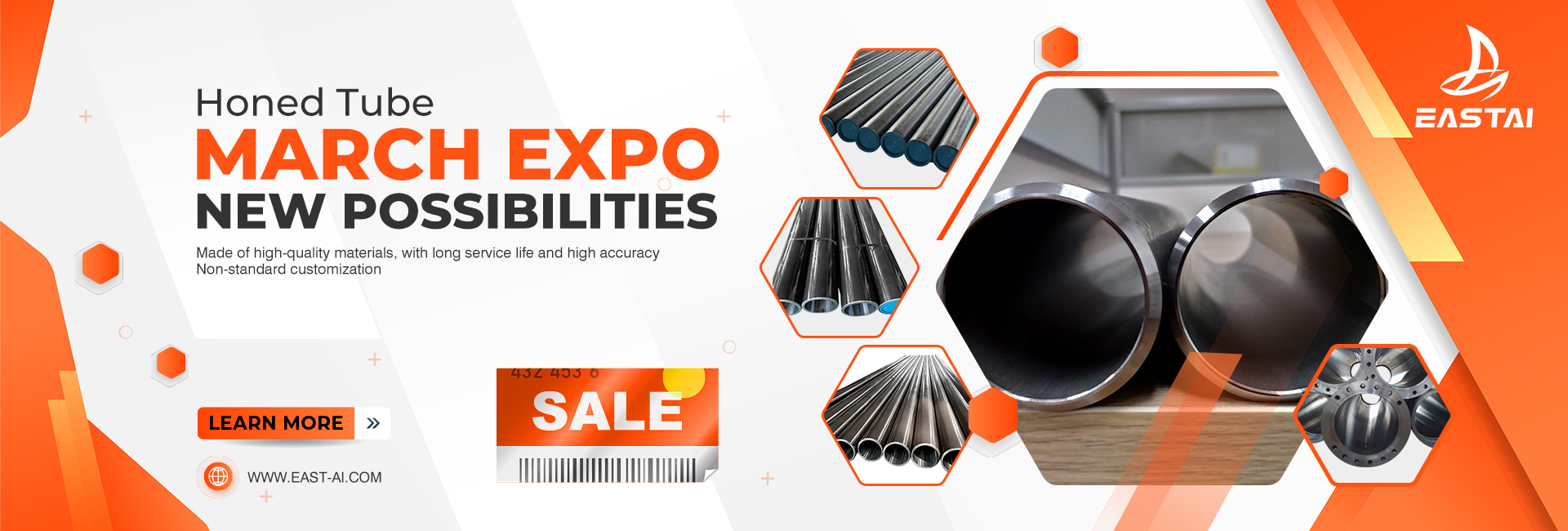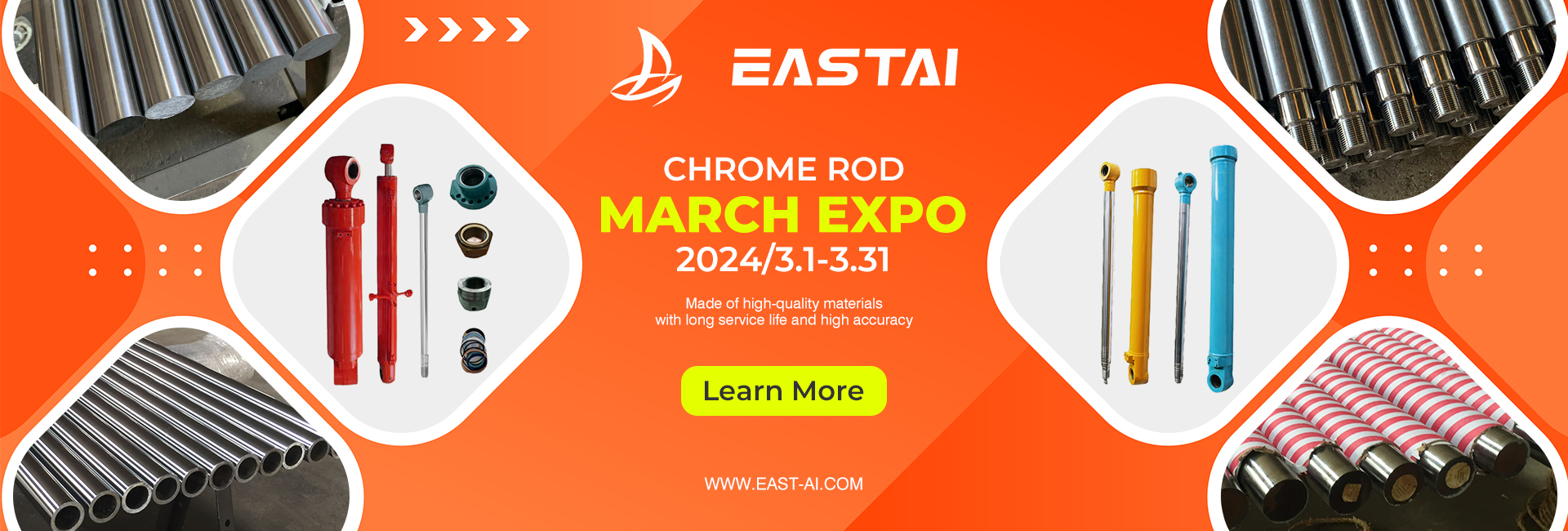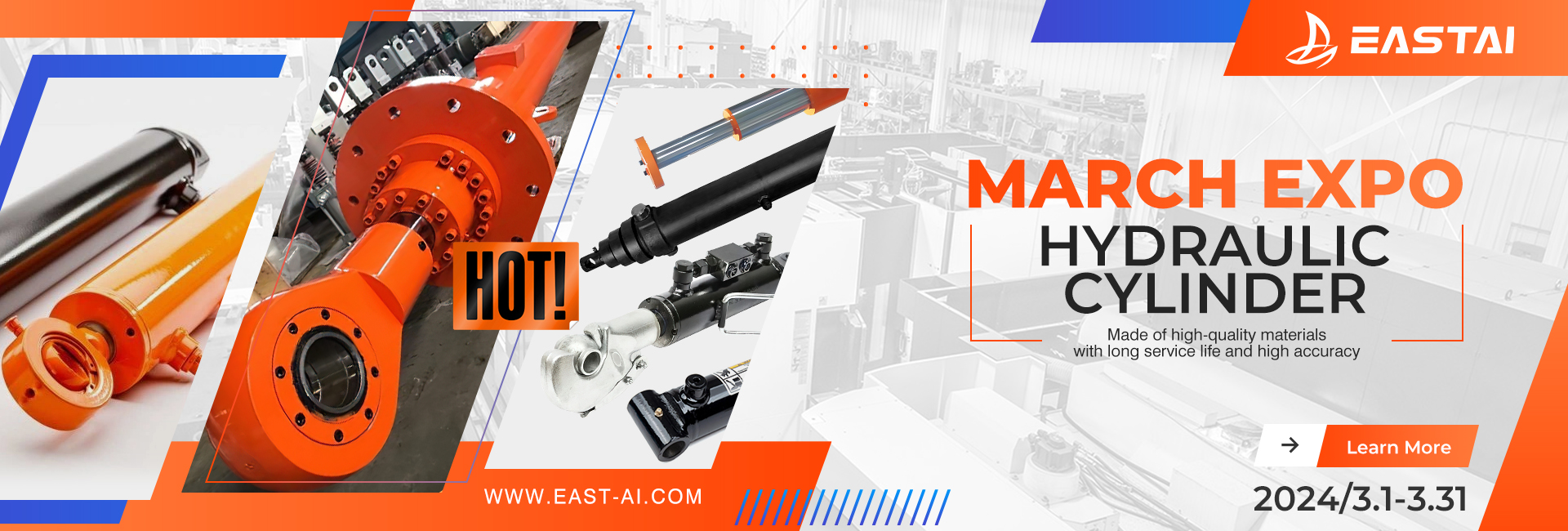Construction machinery is inseparable from oil cylinders, and oil cylinders are inseparable from seals. The common seal is the sealing ring, also called the oil seal, which plays the role of isolating the oil and preventing the oil from overflowing or passing through. Here, the editor of the mechanical community has sorted out some common types and forms of cylinder seals for you.
Common seals for hydraulic cylinders are of the following types: dust seals, piston rod seals, buffer seals, guide support rings, end cover seals and piston seals.
Dust ring
The dustproof ring is installed on the outside of the end cover of the hydraulic cylinder to prevent external pollutants from entering the cylinder. According to the installation method, it can be divided into snap-in type and press-in type.
Basic forms of snap-in dust seals
The snap-in type dust seal is the most common. As the name suggests, the dust seal is stuck in the groove on the inner wall of the end cap and is used in less harsh environmental conditions. The material of the snap-in dust seal is usually polyurethane, and the structure has many variations, such as the H and K cross-sections are double-lip structures, but they remain the same.
Some variations of snap-on wipers
The press-in type wiper is used under harsh and heavy-duty conditions, and it is not stuck in the groove, but a layer of metal is wrapped in polyurethane material to increase strength, and it is pressed into the end cover of the hydraulic cylinder. Press-in dust seals also come in various forms, including single-lip and double-lip.
Piston rod seal
The piston rod seal, also known as the U-cup, is the main piston rod seal and is installed inside the end cover of the hydraulic cylinder to prevent hydraulic oil from leaking out. The piston rod sealing ring is made of polyurethane or nitrile rubber. In some occasions, it needs to be used together with a support ring (also called a back-up ring). The support ring is used to prevent the sealing ring from being squeezed and deformed under pressure. Rod seals are also available in several variants.
Buffer seal
Cushion seals act as secondary rod seals to protect the piston rod from sudden increases in system pressure. There are three types of buffer seals that are common. Type A is a one-piece seal made of polyurethane. Types B and C are two-piece to prevent seal extrusion and allow the seal to withstand higher pressures.
guide support ring
The guide support ring is installed on the end cover and piston of the hydraulic cylinder to support the piston rod and piston, guide the piston to move in a straight line, and prevent metal-to-metal contact. Materials include plastic, bronze coated with Teflon, etc.
End cap seal
The end cover sealing ring is used for sealing the cylinder end cover and the cylinder wall. It is a static seal and is used to prevent hydraulic oil from leaking from the gap between the end cover and the cylinder wall. Usually consists of a nitrile rubber O-ring and a back-up ring (retaining ring).
Piston seal
The piston seal is used to isolate the two chambers of the hydraulic cylinder and is the main seal in the hydraulic cylinder. Typically two-piece, the outer ring is made of PTFE or nylon and the inner ring is made of nitrile rubber. Follow Mechanical Engineers to get more mechanical knowledge. Variations are also available, including Teflon-coated bronze, among others. On single-acting cylinders, there are also polyurethane U-shaped cups.
Post time: Jan-16-2023




